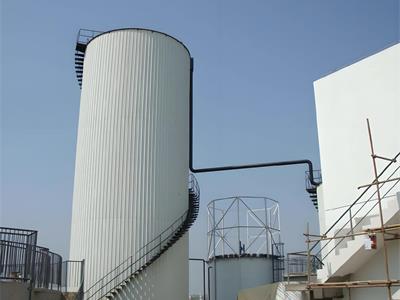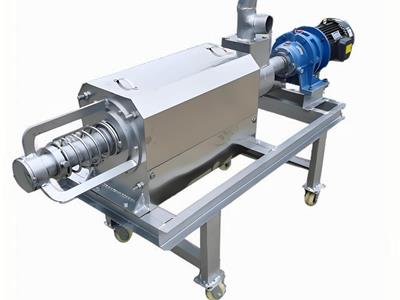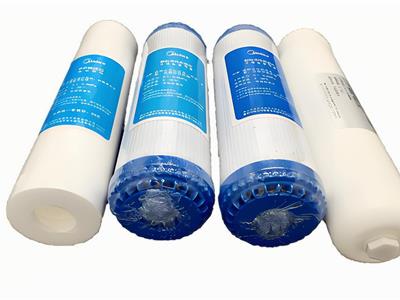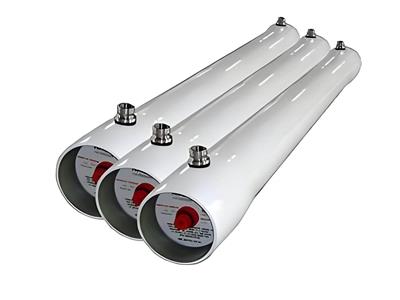- 2025-07-16
Fish Hatcheries
Fish Hatcheries
Ultraviolet water treatment is a common disinfection and water treatment method used in fish hatcheries for a variety of purposes. Ultraviolet (UV) radiation is effective in killing or inactivating a wide range of microorganisms, including bacteria, viruses, and parasites, without the use of chemicals.
Our water treatment technologies for fish hatcheries include:
Water Disinfection
Reverse Osmosis Systems
Customized Water Treatment Systems
Here are some of the ways UV water treatment is used in fish hatcheries:
Water Disinfection: Fish hatcheries often use UV systems to disinfect incoming water. This helps eliminate or reduce harmful pathogens that may be present in the water, preventing the introduction of disease into the fish population. UV disinfection can be used for both source water and circulating water systems.
Biosecurity Measures: Fish hatcheries are required to implement strict biosecurity protocols to prevent the spread of disease. UV treatment can be used in fish ponds, tanks, and other aquaculture systems to continuously disinfect the water, ensuring a healthier living environment for the fish. UV systems can be integrated into water circulation systems or used as stand-alone units.
Fish Egg Disinfection: UV treatment can also be used to disinfect fish eggs before they are hatched. Exposing fish eggs to UV radiation can reduce the risk of pathogens on the surface of the eggs. This helps to increase the survival rate of the fry.
Quarantine and treatment facilities: Fish hatcheries often have separate quarantine and treatment facilities. These areas can use UV water treatment technology to disinfect the water and create a pathogen-free environment for the fish while they are in quarantine or undergoing specific treatments.
Green water control: Certain fish, especially those in the juvenile or early developmental stages, require specific water conditions to minimize the growth of algae. UV systems can inhibit the growth of algae and other microorganisms that can affect the health of the fish, thereby controlling algal blooms and maintaining water clarity.
It is important to note that UV water treatment should be properly implemented and maintained to ensure optimal results. Factors such as flow rate, water quality, lamp intensity, and exposure time to UV radiation need to be considered when designing and operating a UV system for a fish hatchery. It is recommended to consult with an expert in the field or a UV system manufacturer to determine the right UV equipment and settings for your fish hatchery's specific needs.
UV systems are generally easy to maintain. Major maintenance tasks include periodic replacement of UV lamps, usually after a certain number of hours of operation. In addition, cleaning the UV treatment room and ensuring proper flow rates are essential for achieving optimal UV performance. Overall, UV systems are relatively simple to maintain compared to other water treatment methods.
UV water treatment has proven to be an effective and reliable method of water disinfection in aquaculture systems, helping to improve fish health, reduce disease risk, and enhance overall water quality. However, it is critical to properly design and operate a UV system, and factors such as UV dose, flow rate, water quality, and system size need to be considered to ensure optimal performance.






